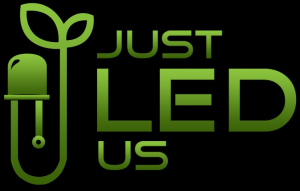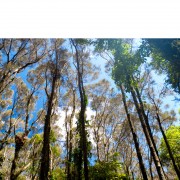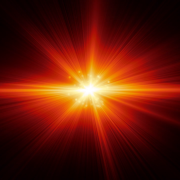Stomata-C02 Exchange and LED Grow Lights
Stomata-C02 Exchange and LED Grow Lights
Take a deep breath in and then let it out. You don’t have to think about breat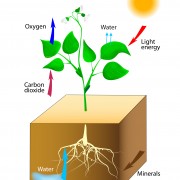 hing because your body’s
hing because your body’s
autonomic nervous system controls it, as it does many other functions in your body. When we breath we are taking in oxygen (O2) and when releasing carbon dioxide (C02) without even thinking about it. Taking in oxygen is very important because it allows our cells to make energy from the food we eat.
Plants breath as well, but they do it through tiny openings call ‘stomata’ or ‘stoma’- a single opening in a leaf. Stomata open and close to allow the intake of carbon dioxide and release of oxygen. It is very important that they do this because this is the very oxygen that human beings need to breath, so in a way we have a symbiotic relationship with plants.
The gas exchange that occurs are when the stomata is open facilitates photosynthesis. Outside, photosynthesis is the process which plants convert sunlight into usable energy. Full or Broad spectrum LED grow lights emits specific spectrum of light to mimic that of the sun, and produce the same effect during photosynthesis.
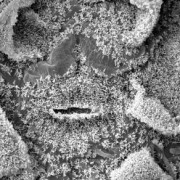
Stomata Magnification 800x
Carbon dioxide is taken in from the grow area or garden, through the epidermal layer or stomata and oxygen is released as a waste product. Both photosynthesis and the gas exchange that powers it are essential to the plants survival. The leaf and stem epidermis are sites which the stomata are, but in general there are less stomata openings on the upper surface of the leaf as opposed to the lower surface.

Swollen Guard Cells
An unfavourable side effect of the stomata opening is that it allows for water loss, this is one reason why plants require more water from time to time. Unlike human beings plants do not need to sweat to cool down, they prefer to keep their water inside. Stomata are flanked by two guard cells, when a plant is well hydrated the guard cells are swollen with water a bow outward Because of the gas exchange that goes on during photosynthesis is so vital, some water loss is necessary. Plants can minimize their water loss by controlling what time of day their stomata are open and how wide their stomata are open. In short this water loss is called transpiration, plants can prevent transpiration in many ways. one of which is a waxy cuticle on the outside of the leaf.
Carbon dioxide passes into the leaf and some of it is used up during the carbon fixation part of photosynthesis. Water and oxygen that is a by-product of photosynthesis, leave the leaf. When a plant is not well hydrate, water leaves the guard cells; closing the stomata.
When the stomata in the leaf are closed the carbon dioxide concentration goes down and the concentration of oxygen goes up as per normal transpiration the process of photosynthesis proceeds. The increased concentration of oxygen eventually shuts down photosynthesis as a result of a phenomenon called photo-respiration.
Plants generally do n ot open their leaf stomatal pores as wide as they do at lower CO2 concentrations, and they tend to produce fewer such pores per unit area of leaf surface. Both of these changes tend to reduce plant transpiration or water loss; and the amount of growth they experience per unit of water lost (water-use efficiency) therefore rises, greatly increasing their ability to withstand drought.
ot open their leaf stomatal pores as wide as they do at lower CO2 concentrations, and they tend to produce fewer such pores per unit area of leaf surface. Both of these changes tend to reduce plant transpiration or water loss; and the amount of growth they experience per unit of water lost (water-use efficiency) therefore rises, greatly increasing their ability to withstand drought.
When the leaf has fewer and smaller stomatal openings, plants exposed to elevated levels of atmospheric CO2 are also less susceptible to damage by noxious air pollutants, including ozone and oxides of nitrogen and sulfur, that gain entry into plants via these portals.
CO2 is literally the “food” that sustains essentially all plants on this green earth, as well as those in the sea. It is a green byproduct that we thrive on , thus indoor plants for our home are essential to us for clean air. The more CO2 plant life “eats”, absorbed by either the air or water; the bigger and better they grow.
The High PAR grow lights operate within a lower temperature range, as compared to other lighting counterparts such as HPS and MH. Therefore, the efficiency of water loss increases making the plants less susceptible, allowing them to withstand drought. While using LED grow lights you will find that your plants and/or garden will require less water and nutrients. Higher CO2 concentrations also help plants by reducing the negative effects of a number of other environmental stresses, such as high soil salinity, high air temperature, low air temperature, low light intensity, low levels of soil fertility and oxidative stress.
